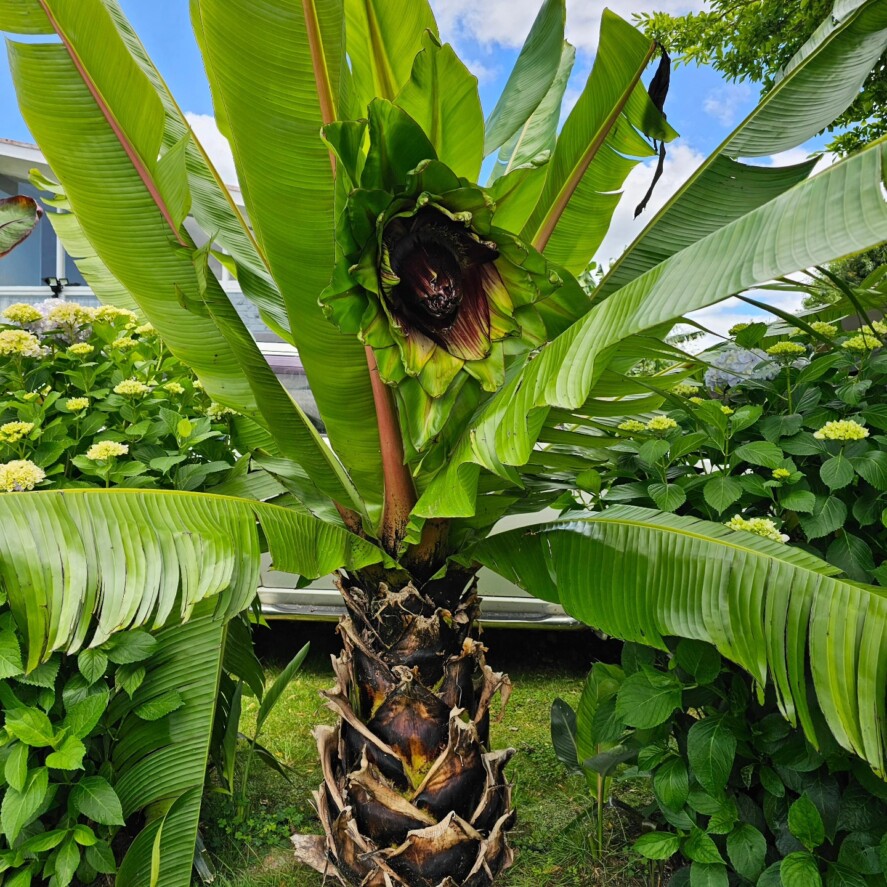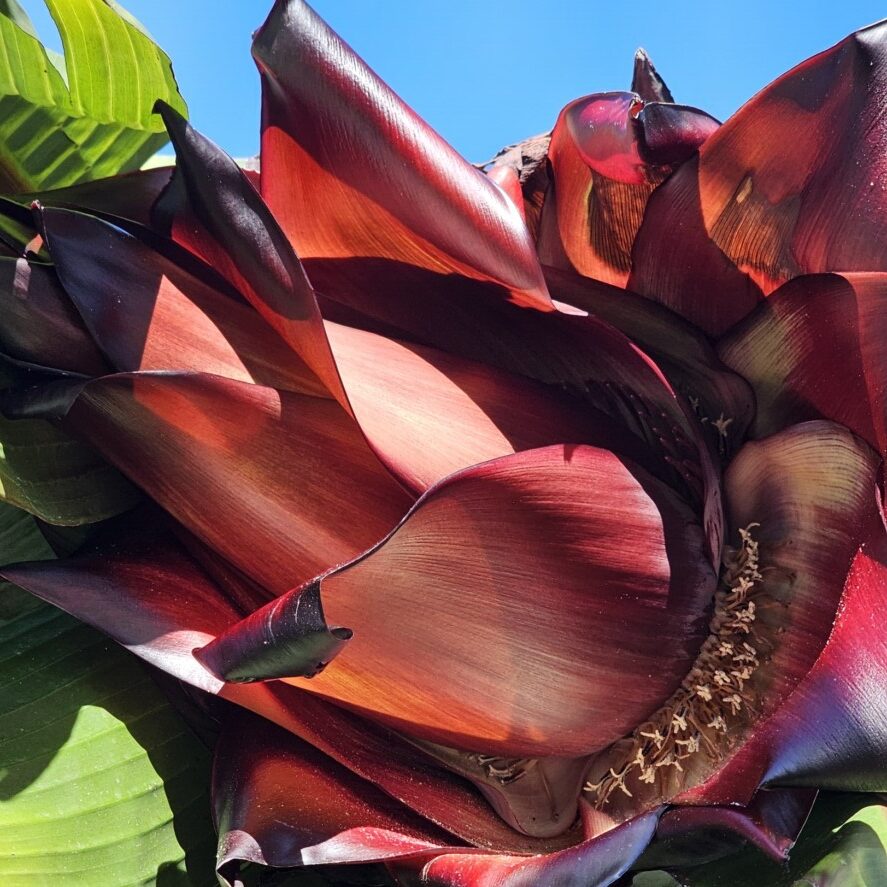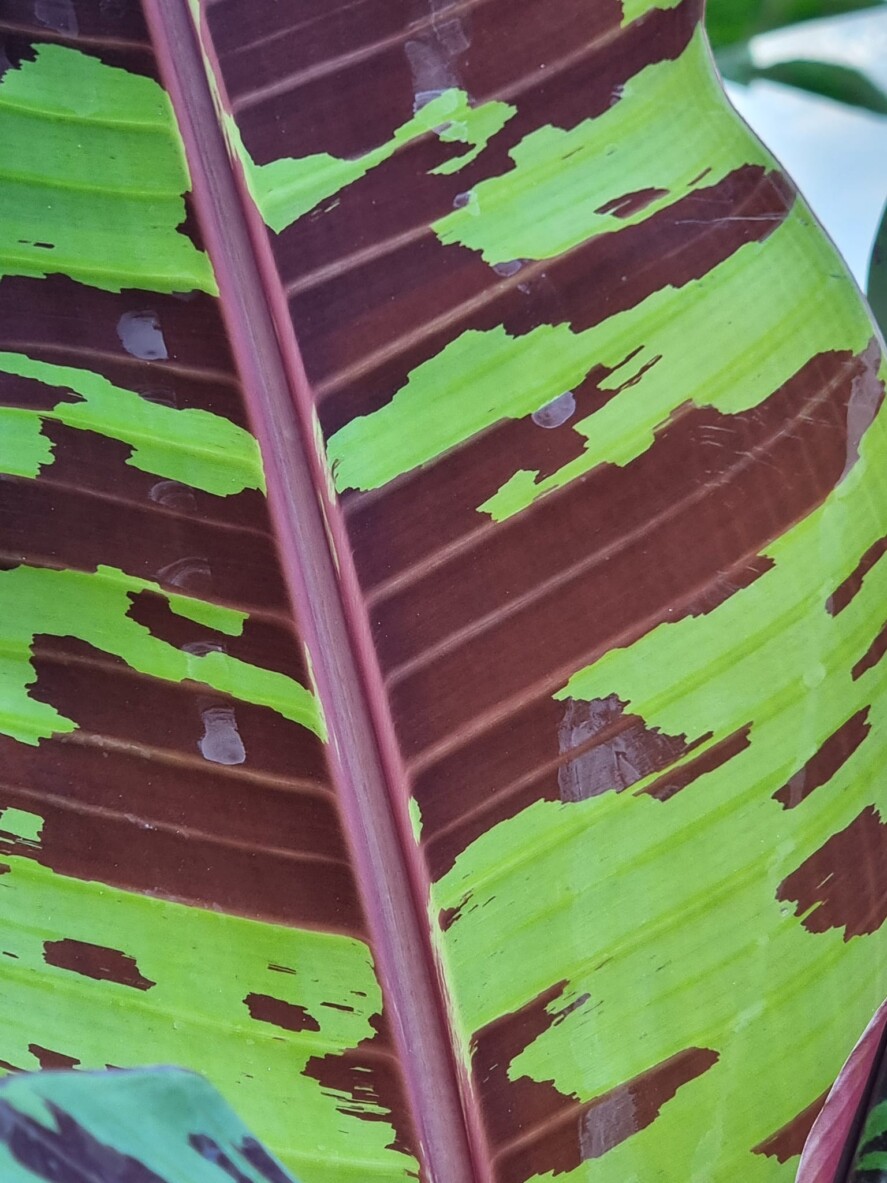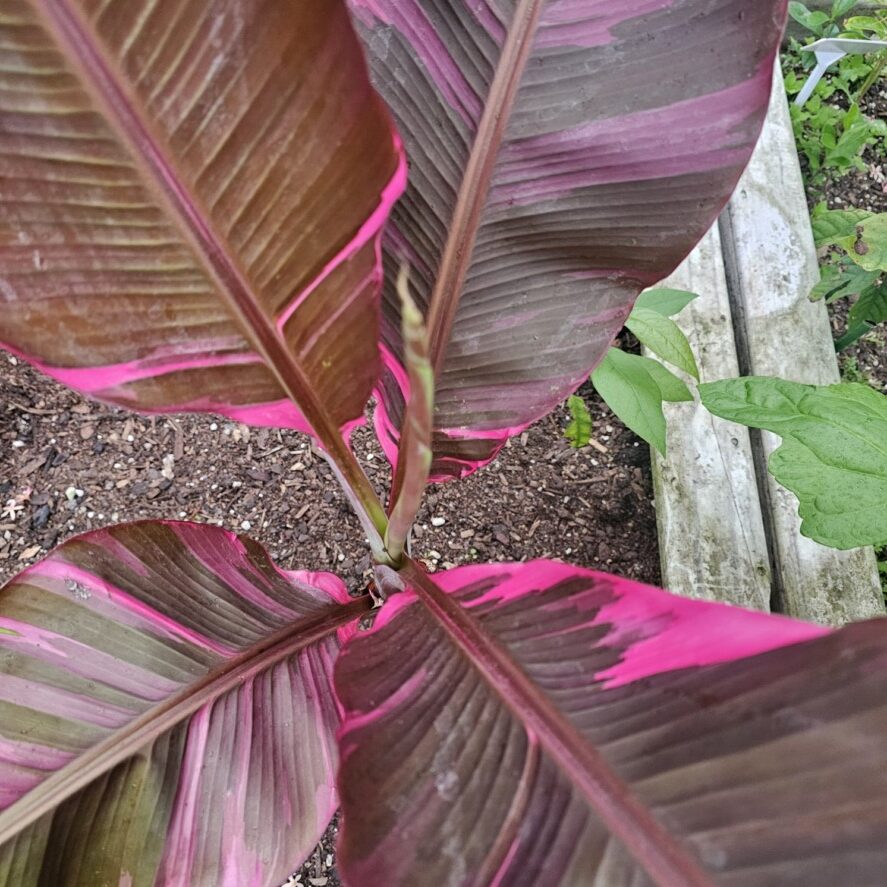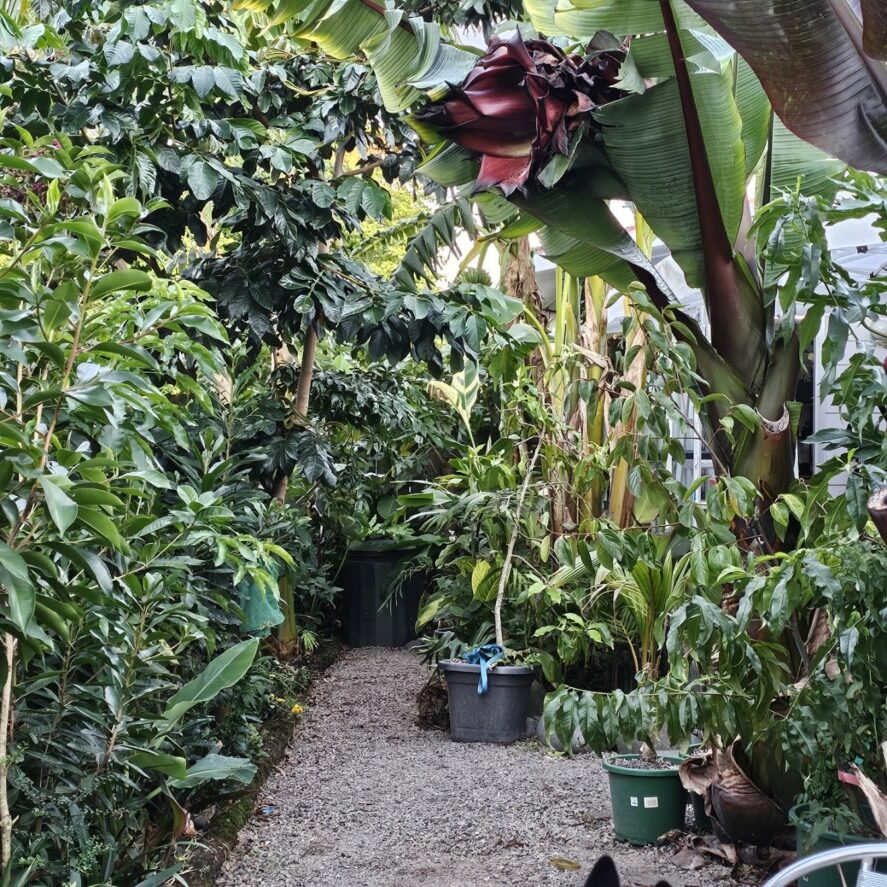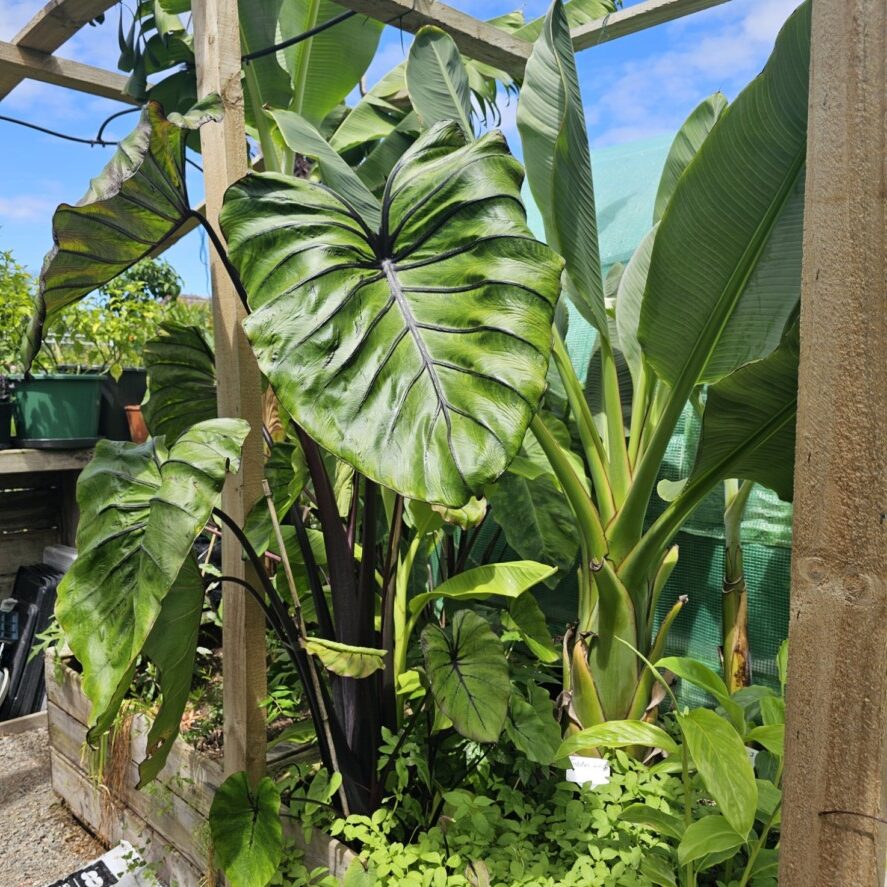-
Troppo Plant & Garden Articles
- Te Puke Region
- TROPPO’s Food Forest in Te Puke, BOP (www,foodforest.org.nz)
- Troppo’s Plant Collection
- TROPPO's Nursery Directory
- Food Forests of New Zealand (www.foodforests.nz)
- Nursery Map - Plant Suppliers of NZ Directory (www.nurserymap.nz)
- Kids Garden Corner
- New Zealand Garden Bird Survey
- New Zealand Garden Groups
- Delicious Recipes
Bird of Paradise ‘Heliconia Schniediana’ – A Hardy and Showy Tropical Bloom
Bird of Paradise ‘Heliconia Schniediana’ is a stunning addition to any tropical garden, captivating your senses with its vibrant colors and unique shape. This hardy plant not only thrives in warm climates but also attracts pollinators like hummingbirds, making it a valuable asset for biodiversity in your outdoor space. In this post, you’ll discover imperative care tips and planting advice to help you successfully grow and showcase this showy tropical bloom in your garden design.
Botanical Description
Your journey into the world of Heliconia Schniediana begins with its unique taxonomy. This striking plant, belonging to the Heliconiaceae family, boasts an upright growth habit and can reach heights of up to 10 feet. The lush, large green leaves provide a vibrant backdrop that enhances the visual appeal of its spectacular blooms. You’ll find this tropical beauty thriving in rich, well-drained soils in warm, humid climates, making it a delightful addition to any garden or landscape.
Plant Characteristics
Before you add Heliconia Schniediana to your garden, it’s important to understand its defining characteristics. This perennial plant features long, paddle-shaped leaves that can grow up to three feet long. Its sturdy stems are clad in layers of leaves, creating a bushy appearance. The overall structure is tall and elegant, making it an eye-catching specimen in tropical and subtropical gardens.
Flower Morphology
Around your garden, you will notice the remarkable flower structure of Heliconia Schniediana. The inflorescence is a dramatic cluster of bright, colorful bracts that emerge from the stem, creating a stunning visual impression. The flowers, often orange and yellow with a hint of red, attract hummingbirds and pollinators, adding life to your outdoor space.
The incredible morphology of the flowers is one of the highlights of Heliconia Schniediana. Each inflorescence can bear numerous bracts, which cradle the smaller, tubular flowers within. This unique arrangement not only enhances its ornamental value but also plays a vital role in attracting birds and insects for pollination. The contrasting colors, along with their exotic shape, make these flowers a focal point in any garden setting, ensuring that your landscape stays vibrant and lively throughout the growing season.
Natural Habitat and Distribution
Assuming you desire to cultivate the Bird of Paradise ‘Heliconia Schniediana’, it’s crucial to understand its natural habits and distribution. This remarkable plant thrives in tropical environments, typically found in rainforests of Central and South America. It flourishes under the canopy, protected from harsh sunlight, and typically grows in humid, warm conditions that provide the nutrients and ecosystem stability necessary for its impressive blooms.
Geographic Origin
At the heart of this plant’s allure is its geographic origin, native to the lush tropical regions of Central and South America. Areas such as Colombia, Venezuela, and Brazil provide this exotic plant with its ideal growing conditions, allowing it to develop its vibrant flowers and lush foliage that many gardeners seek to replicate in their own backyards.
Growing Conditions
Before you begin on cultivating your own ‘Heliconia Schniediana’, understanding the growing conditions is vital. This tropical plant flourishes in warm, humid environments with plenty of indirect sunlight. Ideally, you should plant it in well-draining soil, rich in organic matter, while ensuring adequate moisture levels to mimic its native habitat.
But the key to successfully growing your Bird of Paradise lies in replicating its tropical environment. Ensure consistent watering to maintain moisture but avoid waterlogging. Provide a shaded area during the hottest part of the day to prevent leaf burn, and consider fertilizing regularly with a balanced, water-soluble fertilizer to support its growth. By mimicking its natural conditions, you can enjoy a thriving plant that brings a touch of tropical beauty to your garden.
Cultivation Requirements
You will find that cultivating the Bird of Paradise ‘Heliconia Schniediana’ is straightforward if you meet its specific needs. These vibrant tropical blooms thrive in well-drained soil, ample sunlight, and appropriate moisture. Adhering to these conditions will ensure your plant flourishes and delivers its stunning display of color year-round.
Soil and Light Preferences
Beside adequate moisture, the soil should be rich in organic matter, slightly acidic to neutral, allowing for proper drainage. For light preferences, you should provide partial to full sunlight, ensuring your plant receives at least six hours of direct sunlight each day for optimal growth.
Water and Temperature Needs
Needs vary depending on the season, but Bird of Paradise generally requires consistently moist soil without waterlogging. Ideal temperatures range from 65°F to 95°F, and your plant can tolerate brief periods of cooler weather, but it thrives best in warmth and humidity.
Water and Temperature Requirements
| Watering Frequency | Keep soil consistently moist but not soggy. |
| Ideal Temperature Range | 65°F to 95°F (18°C to 35°C) |
| Humidity | Prefers high humidity levels for optimal growth. |
Your Bird of Paradise thrives on moisture but ensure the roots don’t sit in water, as this can lead to root rot. To maintain humidity, consider misting the leaves or placing a humidifier nearby. Monitoring the temperature is also important; protect your plant from frost, ensuring it stays warm to promote healthy blooming.
Temperature and Humidity Conditions
| Daytime Temperature | Maintain within optimal range for growth. |
| Nighttime Temperature | Avoid temperatures dropping below 50°F (10°C). |
| Relative Humidity | Ideal levels are between 60%-80%. |
Maintenance and Care
Not only does the Bird of Paradise ‘Heliconia Schniediana’ thrive in warm climates, but it also requires a straightforward maintenance routine to ensure its vibrant blooms. Regular watering, ensuring that the soil remains consistently moist but not soggy, is necessary. You should also provide partial shade during the hottest parts of the day and protect your plants from extreme cold. Routine inspections for pests and maintaining a clean growing area will help in promoting healthy growth.
Pruning and Fertilization
On a regular basis, you should prune your Bird of Paradise to remove any dead or damaged leaves, which encourages new growth and enhances its appearance. Fertilizing with a balanced, slow-release fertilizer every few months will support healthy flowering and overall vitality, particularly during the growing season. Make sure to follow the packaging instructions for optimal results.
Pest and Disease Management
The Bird of Paradise can attract pests such as aphids and spider mites. Inspect your plants regularly for these unwanted guests and treat infestations promptly with insecticidal soap or neem oil. Fungal diseases may arise in overly humid conditions, so avoid overhead watering and maintain air circulation to keep your plants healthy.
At the first sign of pests or disease, act swiftly to minimize damage. Regularly check the undersides of leaves, as this is where pests often congregate. Employing companion planting or introducing beneficial insects can bolster your pest management strategy. Maintaining proper watering practices and spacing between plants will further deter disease by promoting airflow. By staying vigilant and proactive in your care routine, you can ensure your Bird of Paradise remains healthy and vibrant.
Ornamental Uses
Many gardeners appreciate the Bird of Paradise ‘Heliconia Schniediana’ for its strikingly vibrant blooms and lush foliage. This tropical beauty not only enhances your garden but also adds a dramatic flair to outdoor spaces. Its unique appearance makes it an eye-catching focal point that can elevate your landscape design, whether in a residential garden or a commercial setting.
Landscape Applications
Uses of Bird of Paradise in landscaping include using it as a bold accent plant or integrating it into tropical-themed gardens. Your garden can benefit from its ability to thrive in various conditions while providing a lush, exotic atmosphere. Planting these blooms in clusters establishes a stunning visual effect and offers vertical interest to your landscape.
Cut Flower Arrangements
Uses for Bird of Paradise flowers in cut arrangements are extensive, allowing you to create stunning displays for any occasion. Their striking shape and vivid colors make them a popular choice for floral designers and DIY enthusiasts alike.
Another benefit of using Bird of Paradise in cut flower arrangements is their longevity. You can enjoy their exotic beauty for weeks when properly cared for, making them an excellent choice for weddings, special events, or simply brightening up your home. Combine them with other tropical blooms such as anthuriums or proteas for an impressive and vibrant bouquet that is sure to turn heads.
Propagation Methods
After deciding to cultivate the stunning Bird of Paradise ‘Heliconia Schniediana’, you’ll find that propagation can be accomplished effectively through division and seed propagation. Both methods allow you to extend your tropical garden and enjoy these vibrant flowers in various locations.
Division
Around your established plants, you should look for healthy clumps that can be divided. Use a sharp spade to carefully separate these sections and ensure each division has its own roots. This method not only promotes robust growth but also helps you create new plants to fill your garden space.
Seed Propagation
The seed propagation method allows you to grow new plants from seeds collected from your mature Heliconia. This process requires patience as germination can take some time, but it provides an opportunity to expand your collection significantly.
Further enhancing your knowledge, when attempting seed propagation, you can begin by soaking the seeds in water for 24 hours to aid germination. Following this, plant them in a well-draining mix and maintain a warm environment with consistent moisture. Expect germination to occur in 2 to 3 weeks, after which you can gently transplant young seedlings into your garden or larger containers, nurturing them to thrive as part of your tropical landscape.
Summing up
Upon reflecting, you can appreciate the Bird of Paradise ‘Heliconia Schniediana’ as a remarkable addition to your garden or indoor space. Its vibrant colors and unique architecture not only draw the eye but also indicate its resilience in various climates. By nurturing this hardy tropical bloom, you can enjoy a continuous display of beauty and exotic flair, enriching your environment while attracting pollinators. This captivating plant truly enhances your outdoor or indoor aesthetic, making it a worthwhile choice for any plant enthusiast.

